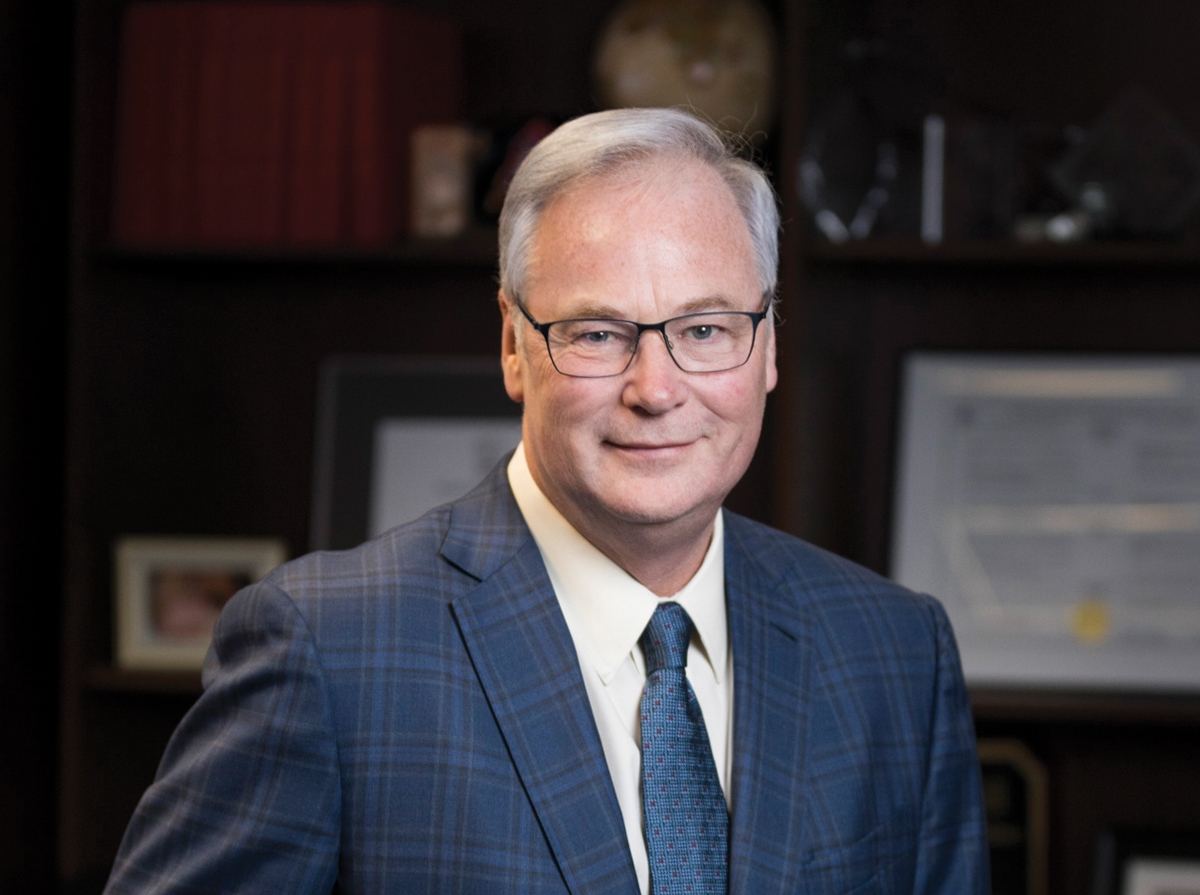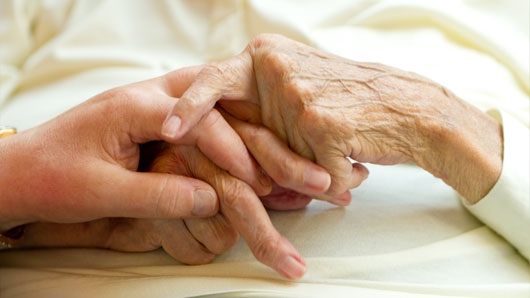
The Winds of Change and Canada's Health Care System
The 2011 Census of Canada revealed that continued immigration is changing the face of our country. Not only is Canadian society increasingly multicultural, we are becoming one of the fastest-growing populations in the G8.
Wendy Nicklin is the President and CEO of Accreditation Canada, a not-for-profit organization that develops and implements the standards that enable a health-care provider to assess and improve performance. Nicklin says that, “Canada’s changing demographics have been a reality for more than the past few decades, but it has been escalating over the past decade or so.
A growing Canadian population driven by large numbers of new Canadians with diverse ethnic and cultural backgrounds has important implications for the delivery of health-care services, as well as for the health-care system itself. In particular, it requires Canadian physicians and other medical practitioners to become more conscious of the cultural makeup of the patients they treat. Nicklin added that, “understanding different cultural values is very important when it comes to providing quality care for Canadians.”
A September 1996 article in the Canadian Medical Association Journal, written by Janice Hamilton, (Multicultural Health Care Requires Adjustments by Doctors and Patients) affirms what Nicklin is talking about. “Efforts to provide culturally-appropriate health care are being made in hospitals, clinics and physicians’ offices across the country.”
More recently, Nicklin noted that health-care organizations “regularly scan [for] the characteristics of the population they serve in an attempt to improve the services themselves and also the delivery.” However, almost 17 years after Hamilton’s article was published, Nicklin maintains that more remains to be done when it comes to building awareness about the diverse cultural makeup of patients in order to deliver more efficient, effective and affordable care.
One of the key areas that can be improved upon is communication between health-care practitioners and patients. It is an important step in creating an improved health-care system for all Canadians, regardless of their cultural background. However, it is not always easy to achieve. This is especially true if there is a language barrier between the health-care provider and the patient.
As Hamilton pointed out, “cross-cultural communication can be difficult for both doctor and patient.” She stressed that “…if the patient understands and agrees with the treatment, and the physician understands the patient’s views and ensures that the treatment is appropriate, the outcome will be better.” Of course, when a growing percentage of patients have neither English nor French as their mother tongue, this mutual understanding may not occur. Not surprisingly, according to Hamilton, “sometimes language difficulties cause mis-understandings or misdiagnosis.” Today, according to Nicklin, Canada’s health-care practitioners need to better understand that “the languages that your health-care workers speak are extremely important if you want to have a health-care system that is effective and responsive to Canada’s evolving population.” In other words, to better communicate with your patients, you need to have a greater number of health-care providers who are able to speak more than one or the other of Canada’s official languages.
Yet it is also important to remember that cultures vary not only in terms of language but also in terms of perception and attitude about the role of the health-care system and about the doctors and hospitals that function as the system’s visible representation. Years ago, Hamilton shed light on two of the most common types of cultural variations that can be a factor in hampering the effective delivery of health care to all Canadians in an increasingly multicultural Canada. First, “there is a cultural variation in attitudes towards physicians.” For instance, individuals of certain backgrounds may disagree with, or refuse to accept, a diagnosis delivered using the Canadian medical system’s standard, empirical evidence-based, medical procedures and testing. Instead they may insist upon the delivery of a diagnosis — and then eventually a treatment — which uses the diagnostic methods familiar to them from their country of origin.
The second cultural perception issue relates to hospitals. As Hamilton noted, “the hospital may also have a different role in other countries.” For example, “some parents become frightened when a doctor wants to admit a child to the [hospital] for tests or observation.” It often turns out that, in the country of origin, hospitalization means the patient is at death’s door.

Nicklin, on the other hand, expresses how important it is for the Canadian health-care system and its practitioners to recognize that “certain diseases or ailments have more predominance in different parts of the world.” What this means is that our health-care system must conduct the research and allocate the resources necessary to treat those diseases, ailments or disorders which now may be more common in the changing demographic of our country.
Essentially, as Nicklin explains, medical practitioners and researchers have to realize that “there are many different determinants of someone’s health and they’re important to focus on.” Income, social status, education, literacy, social environment, childhood development, gender and nutrition are just a few of the determinants affecting an individual’s health and, therefore, both the volume and cost of the care required on a lifelong basis. As Canada looks to improve its health-care system, increasing cultural sensitivity and communication will only increase efficiencies.







